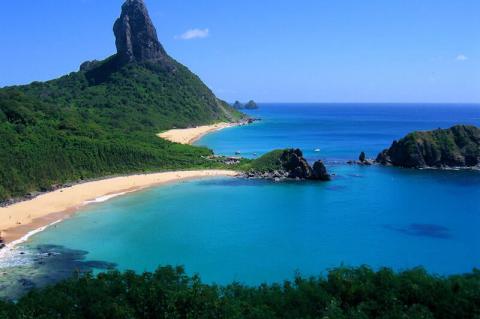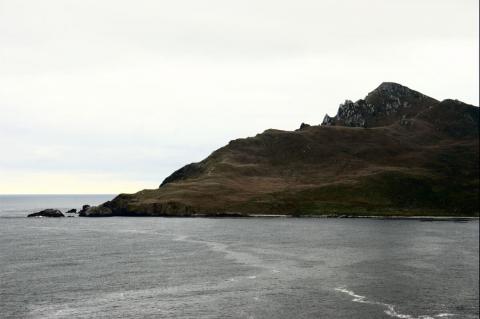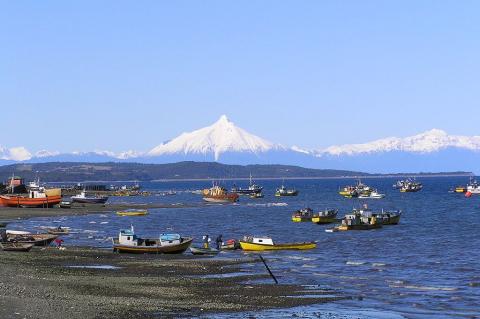Cayes, Reefs, and Atolls of Belize
Nestled along the sparkling Caribbean Sea, Belize, a small yet remarkable country in Central America, boasts a coastline adorned with a treasure trove of cayes, reefs, and atolls that collectively form the renowned Belize Barrier Reef System. Stretching along the country's coastal expanse, these cayes are miniature paradises characterized by their pristine beaches, azure waters, and vibrant marine life.


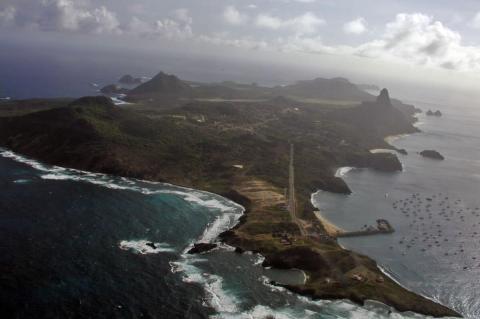

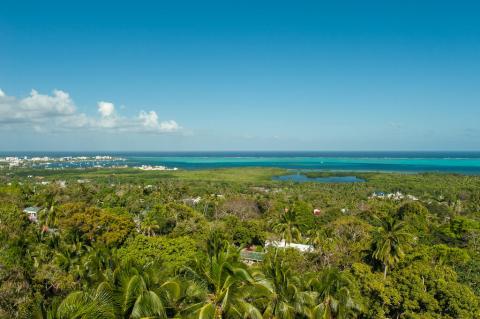









![Cayo Cangrejo, in the Old Providence McBean Lagoon National Natural Park with the island of Providencia in the background. Felviper [CC BY-SA (https://creativecommons.org/licenses/by-sa/4.0)] Cayo Cangrejo, in the Old Providence McBean Lagoon National Natural Park with the island of Providencia in the background.](/sites/default/files/styles/medium/public/cayo_cangrejo_old_providence_opt%20%281%29.jpg?itok=AQbo7VfT)





